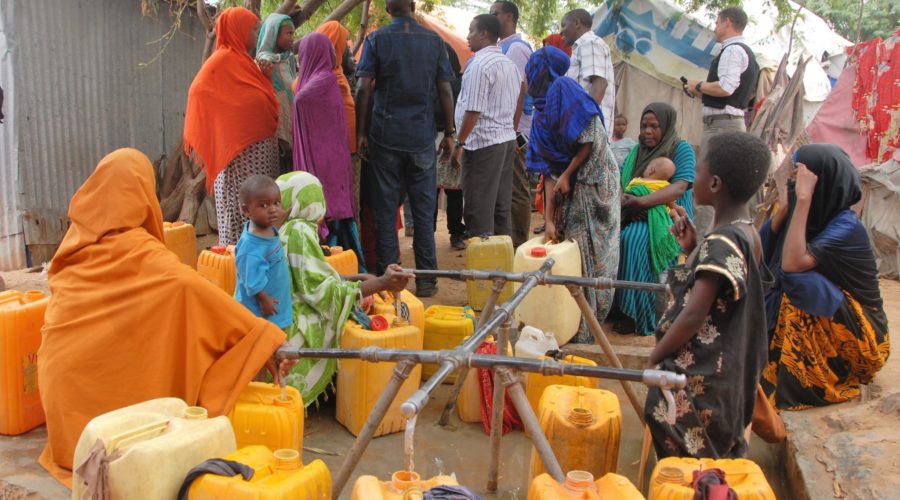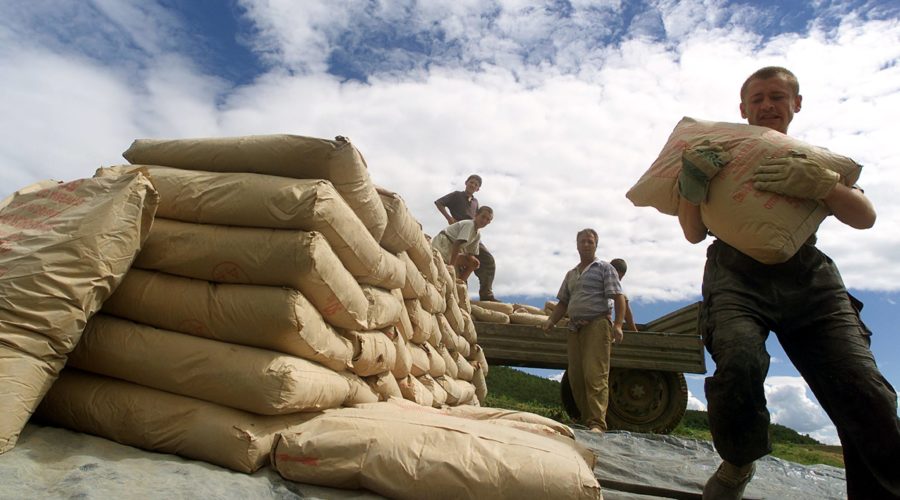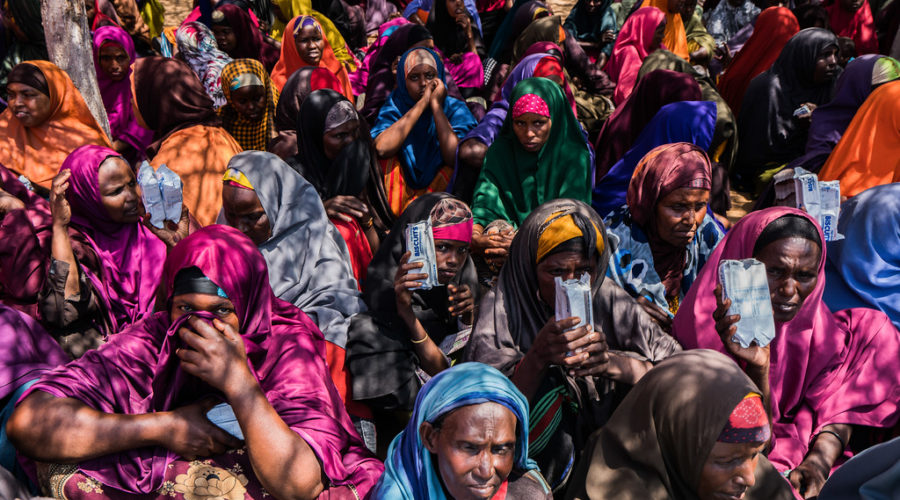The Peer-2-Peer Support mission took place in July 2018 upon invitation from the Humanitarian Coordinator (HC). A first mission had taken place in November 2016. This second mission aimed to follow up on the progression made by the Humanitarian Country Team (HCT) in view of the 2016 Action Plan. The P2P mission team consisted of three core staff from the P2P project, and a senior representative from UNDP as requested by the HC to ensure the humanitarian-development nexus as a key focus of the mission.
Consultations were held with members of the HCT, the inter-sector coordination group, cluster members, donors and the peacekeeping mission. Overall, approximately 150 people were consulted during the mission in Nairobi and Mogadishu. The team also visited Baidoa (South Central Somalia) to meet with the humanitarian team on the front-line of the response, and to engage with people directly affected by the crisis.
The P2P mission team found that the HCT has made significant progress following the 2016 STAIT/P2P mission, especially through establishing a stronger spirit of togetherness within the HCT. A HCT Compact and mutual accountability framework has been developed to underpin the team spirit and to ensure a shared responsibility across the humanitarian team for delivering assistance. There was forward momentum on bridging the physical divide between the two operational hubs in Mogadishu and Nairobi, enabling stronger and better coordination.
The Rapid Response Mechanism (RRM) established by the HCT around the creation of the Drought Operations Coordination Centre (DOCC) was particularly praised as a success. The DOCC brought the different clusters into one working environment and helped arranging joint planning for the response to the drought in 2017, thereby reinforcing the response that successfully averted a massive famine in 2017.
The 2018 P2P support mission also looked at areas which the HC and HCT felt could still be improved.
There is a sense that the engagement and coherence between humanitarian, development and political actors could be strengthened. In particular, the frameworks for recovery and resilience approaches in Somalia seem insufficiently operationalized. The HCT decided to better align the Recovery and Resilience Framework (RRF) and the Durable Solution Initiative (DSI) through reinvigorating the Working Groups and through sustaining engagement with the Federal Government during the operationalization.
There is limited clarity on how the humanitarian operation can effectively deliver assistance to “hard to reach areas” under the control of non-state armed groups, predominantly Al-Shabaab, and to overcome the gatekeeper phenomenon. The HCT therefore agreed to revitalize the Access Working Group and to review the Access Strategy, as well as to reinforce the work with national NGOs in order to reach people everywhere in a principled manner.
The four “non-negotiable areas” as stated in the HCT Terms of Reference also need to be strengthened in Somalia. The HCT committed to operationalize the Centrality of Protection strategy at field level; to hire a dedicated GBV sub-cluster coordinator and to nominate a HCT GBV Champion; and to establish a PSEA Task Force with a dedicated coordinator responsible to establish a common approach for the HCT.
The DSRSG/RC/HC, in consultation with the HCT, is expected to provide an update to the Emergency Relief Coordinator (ERC) on the implementation of the HCT action plan by 28th February 2019.





